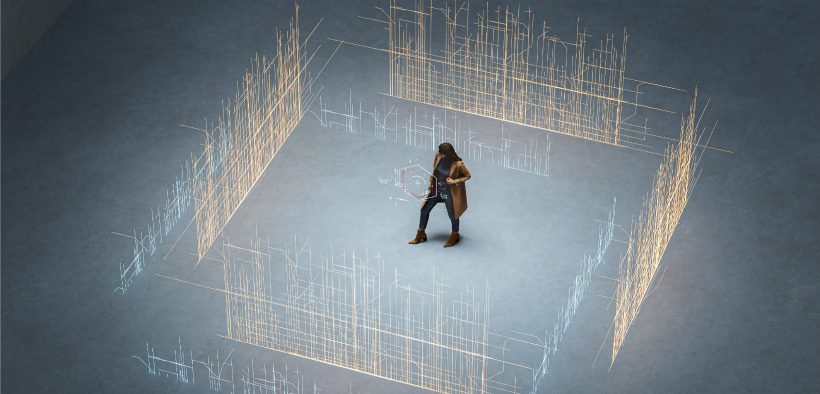Nearly everyone has heard of virtual reality (VR) and augmented reality (AR), and while these terms tend to be used in different ways, all involve creating a digital world. In VR, the user enters a wholly digital world, as in Second Life or World of Warcraft; in AR digital content is projected onto the real world, as with the creatures in Pokémon Go that are projected onto the user’s surroundings, or images of pre-earthquake San Francisco superimposed on current views of the city.
Alternate Reality Teaching

Related Articles
I have two loves: teaching and learning. Although I love them for different reasons, I’ve been passionate about...
Active learning is a mostly meaningless educational buzzword. It’s a feel-good, intuitively popular term that indicates concern for...
Perhaps the earliest introduction a student has with a course is the syllabus as it’s generally the first...
Generative AI allows instructors to create interactive, self-directed review activities for their courses. The beauty of these activities...
I’ve often felt that a teacher’s life is suspended, Janus-like, between past experiences and future hopes; it’s only...
I teach first-year writing at a small liberal arts college, and on the first day of class, I...
Proponents of rubrics champion them as a means of ensuring consistency in grading, not only between students within...







